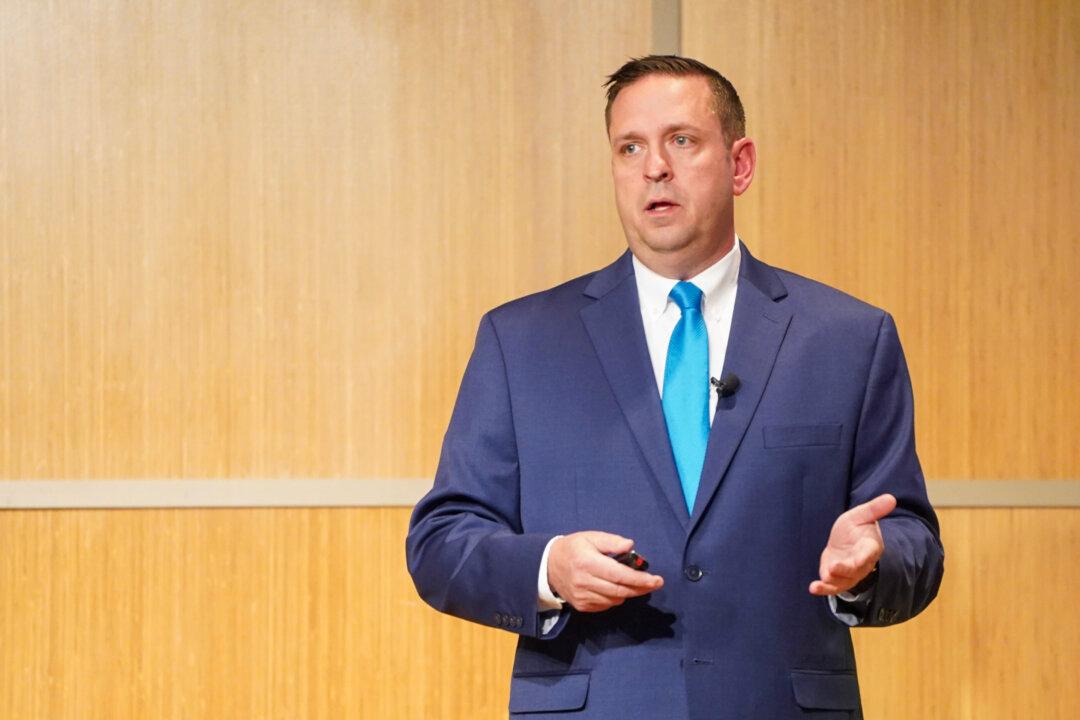Police officers have significantly reduced their proactive policing efforts in the year and a half following the George Floyd protests.
Key proactive policing activities, such as suspect stops, plummeted in the summer of 2020 and continue to trend at a historically low level, according to an Epoch Times analysis. The Epoch Times reviewed police stop data from departments in Minneapolis, Chicago, Los Angeles, Philadelphia, and Seattle.





